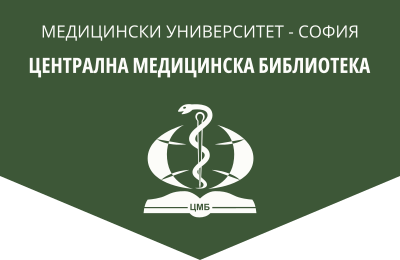Organizational model of obstetrical activities in the prevention of HPV-associated diseases
Information for nursing staff, 2024, 56(4), 12-21.
E. Petkova1, M. Kamburova2, E. Mineva2
1 Department of Midwifery Care, Faculty of Health Care, Medical University – Pleven
2 Department of Social Medicine and Health Management, Faculty of Public Health, Medical University – Pleven
Abstract. The main methods of prevention of viral infection caused by human papilloma virus (HPVassociated diseases) are: a high level of health awareness, prevention by vaccination and quality health care. While the lack of access to quality and timely health care is one of the main reasons for the high prevalence of HPV-associated diseases in developing countries, in developed countries a lack of confi dence in midwives providing preventive health care plays a signifi cant role. The aim of the study is to analyze the necessity of implementing an organizational model of midwifery activities in the prevention of HPV-associated diseases, and the readiness of midwives to perform such tasks. Materials and Methods: In the period 2020-2022, a case-control study was conducted in the city of Pleven. 100 women (cases) with proven HPV infection or virus-associated disease and 100 clinically healthy adult women with other gynecological disease were included. During the same period, a sociological survey was conducted among 50 midwives from the city of Pleven, working in medical facilities for Obstetrics and Gynecology. Data processing was performed with the software program MS Offi ce Excel 2019 and SPSS v.28. Results: 61.0% of cases and 54.0% of controls would consult a midwife for advice on preventing HPV infection. In terms of early diagnosis/screening, 51.0% of cases and 54.0% of controls would seek a midwife. 38.0% of the midwives are theoretically prepared for independent activities in the prevention of the examined group of diseases. Only 36.0% of the respondents are practically prepared for independent preventive activities. Conclusion: The conducted sociological studies prove the willingness of midwives to engage in independent activities with the prevention of HPV-associated diseases. Simultaneously, the results of the case-control study prove that Bulgarian patients would rediscover the essence of the midwife in the diff erent stages of prevention. There is a need to apply the developed organizational model for obstetric activities in the prevention of HPV-associated diseases.
Key words: HPV-associated diseases, midwife, prevention, organizational model
Address for correspondence: Елица Петкова, e-mail: elitca.stoianova@mu-pleven.bg
